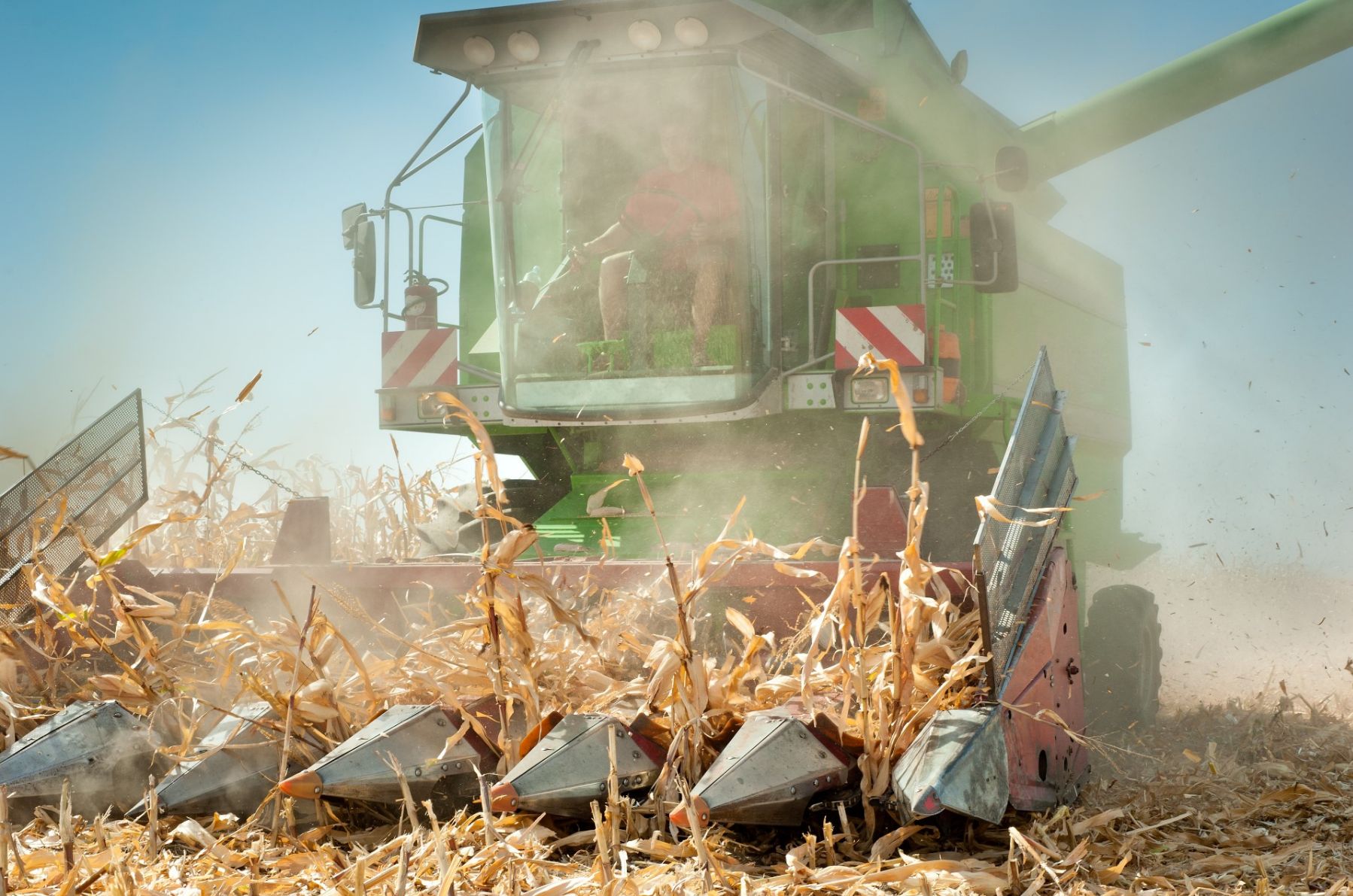Imaginings
stories, creative nonfiction, poetry, and other imaginative accounts of the natural world
-
Making Tracks: Introduction
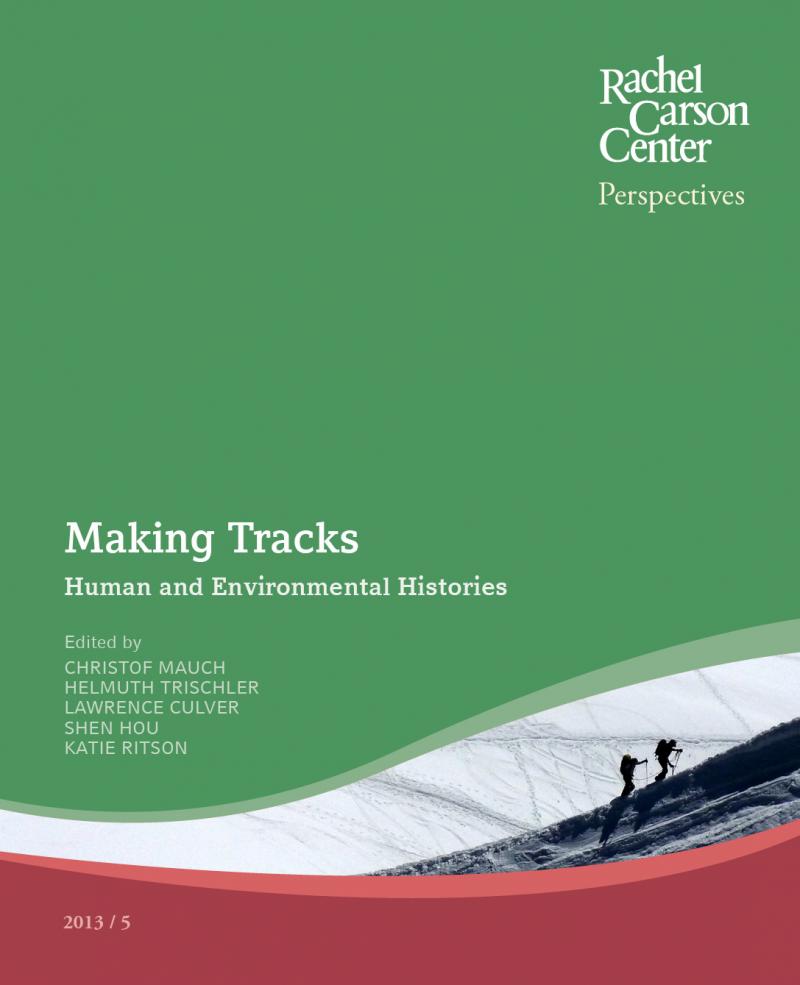
Welcome to “Making Tracks,” one of the longest running series on Seeing the Woods. This project developed around the European Society for Environmental History (ESEH) Conference 2013. The Rachel Carson Center invited all former and current fellows to attend the conference. In return, the fellows provided short essays explaining how they had come to work…
-
Making Tracks. Pitching the Anthropocene: On Global Media Work and the World to Co
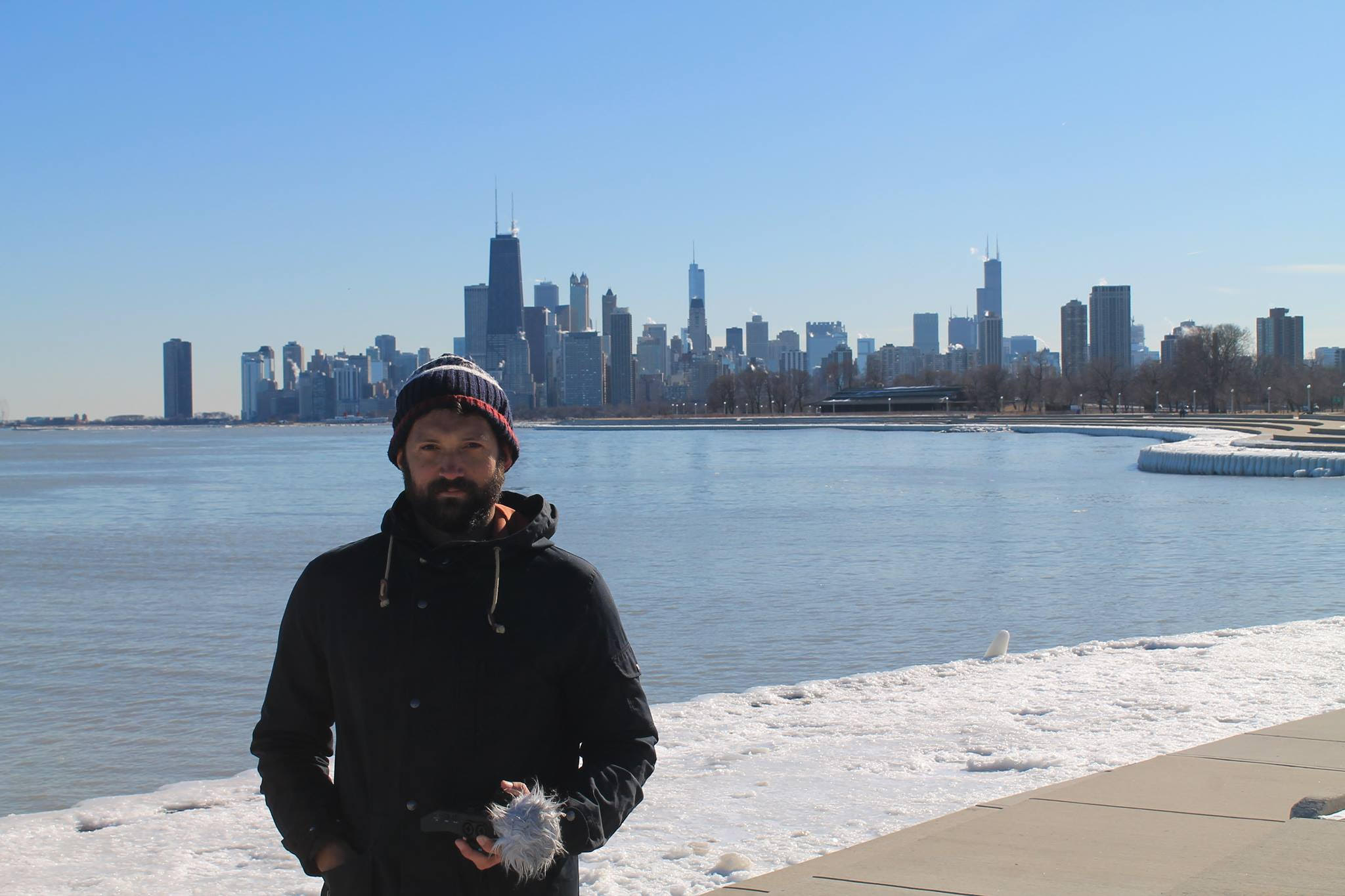
By: Dominic Hinde From around the age of 15, I think I had wanted to be a journalist, and in the pre-Amazon time before print publishing’s great data-driven reckoning I would go to the branch of the British book chain Waterstones in my local town and buy autobiographies and memoirs by foreign and war correspondents.…
-
Making Tracks: Pitching the Anthropocene: On Global Media Work and the World to Come

By Dominic Hinde From around the age of 15, I think I had wanted to be a journalist, and in the pre-Amazon time before print publishing’s great data-driven reckoning I would go to the branch of the British book chain Waterstones in my local town and buy autobiographies and memoirs by foreign and war correspondents.
-
Making Tracks: Politicizing Water Inequalities
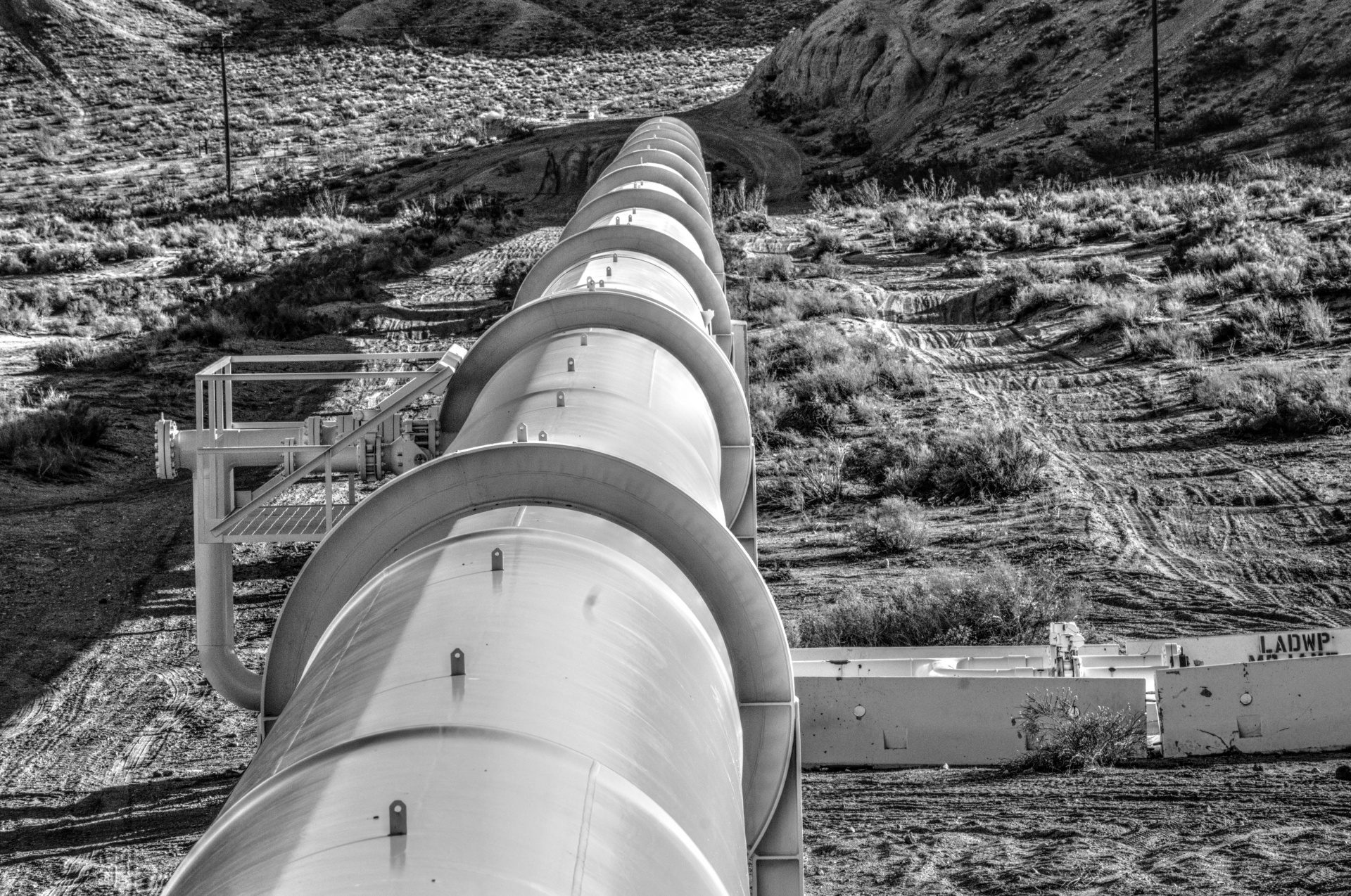
By Marcela López Since I was a child, I have had the opportunity to travel around Colombia with my family and friends and explore a wide variety of ecosystems ranging from tropical rainforests to deserts, savannas, and páramos. By traveling through these remote landscapes, I became fascinated not only by nature’s “pristine” character, but also…
-
Environmental Histories of the Brazilian Cerrado
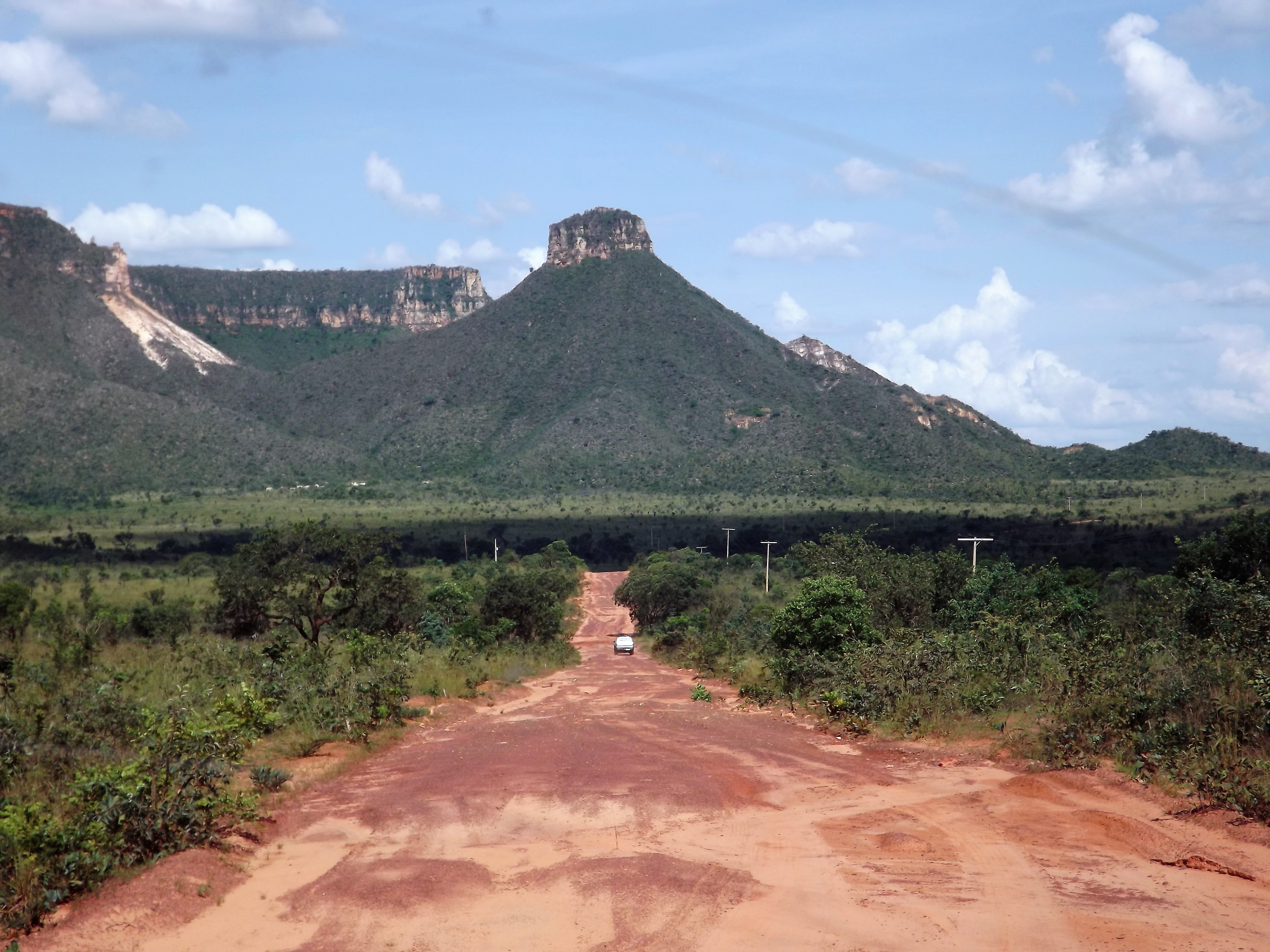
By Claiton Marcio da Silva *All images courtesy of the author, taken 2013 (unless otherwise specified). Featured image: Road to the Espírito Santo belvedere, Jalapão State Park, Tocantins The Brazilian Cerrado made me an environmental historian. My interest in the agricultural transformations in Brazilian savannas—a biome located in the central part of Brazil that extends…
-
Making Tracks: Environmental Histories of the Brazilian Cerrado

By Claiton Marcio da Silva The Brazilian Cerrado made me an environmental historian. My interest in the agricultural transformations in Brazilian savannas—a biome located in the central part of Brazil that extends over an area of approximately 2.000.000 km²—started when I left the southern and subtropical regions of the country to seek employment in the…
-
Making Tracks: Jenny Carlson
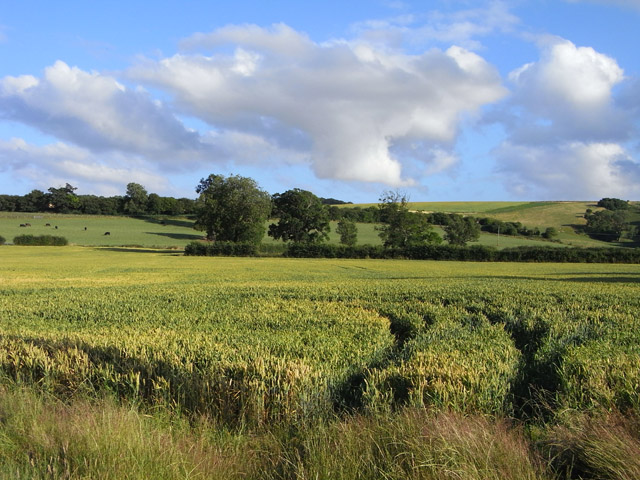
By Jennifer Carlson My journey to the Rachel Carson Center began in the 1980s on Texas’s blackland prairie, where my family spent weekends on an old farm that my father’s parents owned east of Austin. While my father, mother, and grandfather cared for our cows, fixed fences, or bought supplies in town, my grandmother swept…

